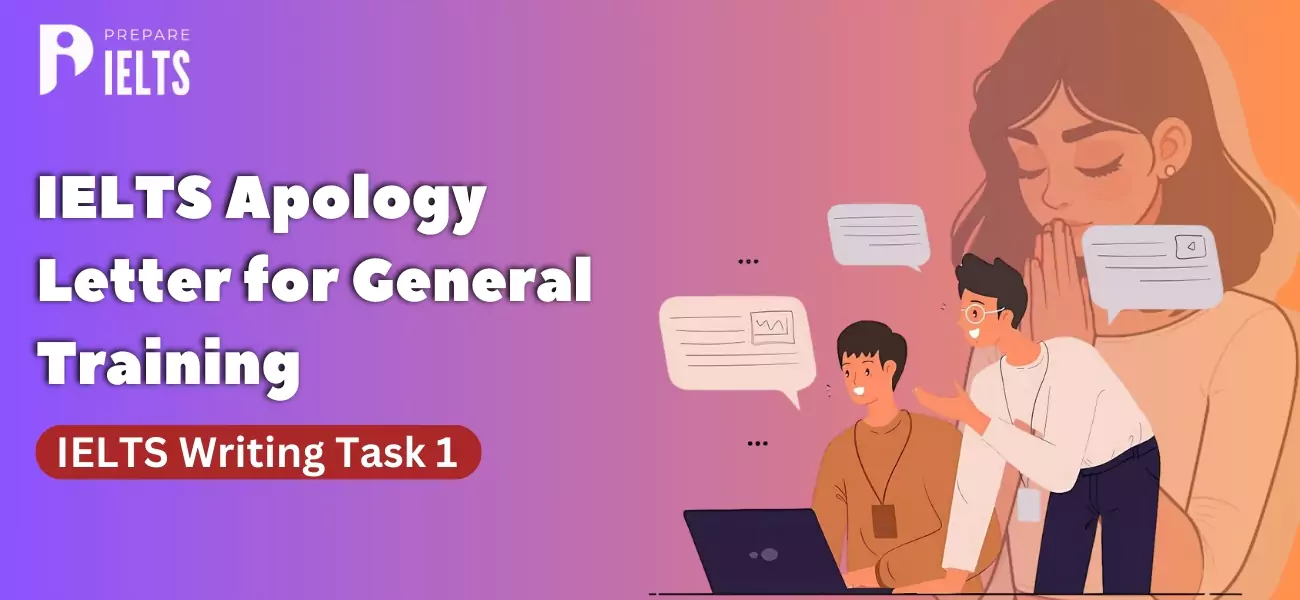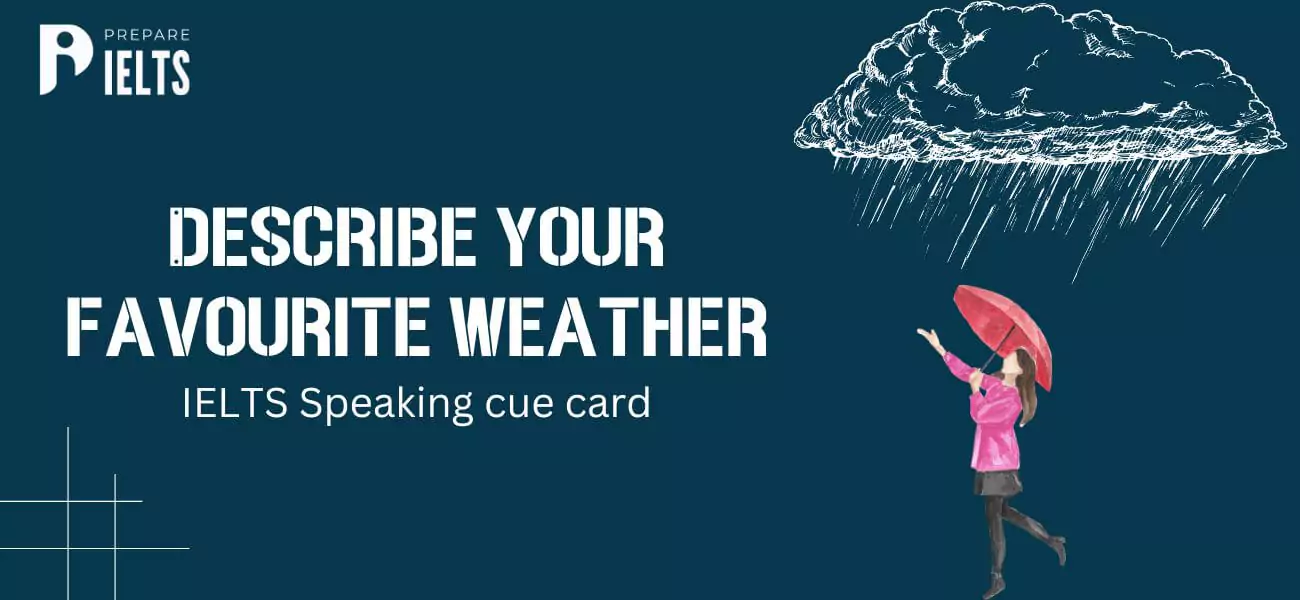
Overview
The IELTS reading passage is one of the vital parts of the IELTS reading section. It helps you understand the essential concepts by reading closely, skimming, comprehending logical arguments, and identifying writers' viewpoints, intentions, and opinions.
This blog contains a reading passage comprising questions intended to evaluate your understanding and critical thinking abilities regarding the IELTS reading passage exam. Hence, let us start with the blog to learn how to answer reading passage questions adequately.
Understanding the Reading Passage
Before starting the Reading passage, you must be aware that the IELTS reading passage has 13 question types, such as Matching Features, Multiple-choice questions, True/False/Not Given, Flow chart completion, Matching sentence endings, and so on. To obtain a high score, you must understand and familiarise yourself with every type of question. You will have one hour to answer 3 reading passages and have to answer 40 questions.
Let’s begin the Alexander Henderson passage:
Alexander Henderson - IELTS Reading Passage
Alexander Henderson (1831 - 1913)
-
Born in Scotland, Henderson emigrated to Canada in 1855 and became a popular landscape photographer. Alexander Henderson was born in Scotland in 1831 and is the son of a successful businessman. His grandfather, also known as Alexander, founded the family business and later became the first chairman of the National Bank of Scotland. The family owned vast land in Scotland. In addition to its residence in Edinburgh, the Press Estate owned 650 acres of agricultural land about 35 miles southeast of the city. The family usually stayed at Press Castle, the large mansion on the northern edge of the property, and Alexander spent most of his childhood in the area, playing on the beach near Eyemouth or fishing in nearby streams.
-
After attending school at Murcheston Academy in the suburbs of Edinburgh, Henderson returned to print on weekends. In 1849, he started three years of training to become an accountant. Although he never wanted the opportunity of a business career, he was with it to make his family happy. However, in October 1855, he and his wife, Agnes Elder Robertson, emigrated to Canada, where they settled in Montreal.
-
Henderson studied photography in Montreal in 1857 and quickly took it up as an avid amateur. He turned into a personal friend and colleague of the Scottish-Canadian photographer William Notman. The two men made a photographic excursion to Niagara Falls in 1860, and in 1865 collaborated on experiments with magnesium flares as a source of artificial light. They belonged to the same associations and were one of the founding partners of the Montreal Arts Association. Henderson presided over the first meeting of the Society on January 11, 1860, at Notman Studios.
-
Despite their friendship, their photography style is completely different. Although Notman's landscapes are noted for their bold realism, Henderson created romantic images during the first 20 years of his career, which show a strong influence on the British landscape heritage. His artistic and technological advancement was quick and in 1865, he published his first large collection of landscape photographs. The publication was in low circulation and was called Canadian Views and Studies. The contents of each copy vary considerably and have proven to be an effective source for estimating Henderson's early work.
-
In 1866, he abandoned his business to open a photo studio, promoting himself as a portrait and landscape photographer. From about 1870, he abandoned portraits to specialise in landscape photography and other scenes. His countless photographs of city life exposed in street scenes, houses, and markets are alive with human activities, and although his favoured subject is landscape, he often draws his scenes around human motives such as farming the land and cutting ice on the river or travelling on a forest stream. There was a lot of demand for these types of scenes and other scenes depicting the timber trade, steamboats, and waterfalls. Before the late 1880s, there was little competitive entertainment or amateur photography because of the weight of time-consuming methods and equipment involved. People liked to purchase photos as souvenirs or gifts for a trip, and in order to feed this market, Henderson kept stock photos in his studio for mounting, framing, or adding to albums.
-
Henderson exhibited his photographs frequently in Montreal and abroad, in London, Edinburgh, Dublin, Paris, New York, and Philadelphia. He was most successful in New York in 1877 and 1878 when he won first prizes at an exhibition hosted by E and H T Anthony & Company for landscapes using the Lambertype process. His work won second prize at the 1878 World's Fair in Paris.
-
During the 1890s and 1880s, Henderson journeyed extensively throughout Quebec and Ontario, Canada, documenting the main cities of the two regions and several villages in Quebec. He was particularly fond of nature and often travelled by canoe on the Blanche, du Livre, and other mentioned eastern rivers. He travelled several times to the Maritimes, sailing in 1872 on the north bank of the St. Lawrence River. That same year, while in the lower reaches of the St. Lawrence River, he took some photographs of the construction of the Colonial Railway. This initiative led the Railway Authority to register major structures on the nearly completed track connecting Montreal with Halifax in 1875. Commissions were followed by other railways. In 1876, he photographed bridges in Quebec, Montreal, and Ottawa, and the Occidental Railway between Montreal and Ottawa. In 1885 he sailed west along Rogers Pass in British Columbia via the Canadian Pacific Railway (CPR), where he captured photographs of the mountains and the advancement of construction.
-
In 1892 Henderson took a full-time position with CPR as manager of a photography department, which he was to set up and manage. His responsibilities include spending four months in the field each year. That summer, he made his second voyage west, taking a detailed photo of the railroad up to Victoria. He continued in this position until 1897, when he fully retired from photography. He restarted in this position until 1897, when he fully retired from photography.
-
When Henderson died in 1913, his large glass negative collection was kept in the basement of his home. Today collections of his works are housed in the National Archives of Canada and the McCart Museum of Canadian History in Ottawa and Montreal.
Note: You must read the passage carefully to answer all the questions (1-13). You can check your answer with the Alexander Henderson Reading Answers provided below.
Register Now, for a free Mock test - Join Today!
Alexander Henderson - Question and Answers
Questions (1-4)
Are the following statements in accordance with the details provided in the reading passage?
To answer the statement, choose one from the following options on your answer sheets.
TRUE if the statement conforms with the information
FALSE if the statement disagrees with the information
NOT GIVEN if there is no information on this in the passage
-
Henderson and his wife, Agnes Elder Robertson, emigrated to Canada, where they settled in Montreal, in October of 1865.
-
The three men made a photographic excursion to Niagara Falls in 1860, and in 1855 collaborated on experiments with magnesium flares as a source of artificial light.
-
Henderson presided over the first meeting of the Society on January 11, 1860, at Notman Studios.
-
Henderson and Notman were stunned by the outcomes of their 1865 experimentation.
Questions (5-8)
Examine the list of years and events given below, match the event according to the year, and write the answer properly on your answer sheet. You can use the answer more than one time.
-
1870
-
1865
-
1885
-
1866
5. He published his first large collection of landscape photographs.
6. Henderson abandoned his business to open a photo studio, promoting himself as a portrait and landscape photographer.
7. He abandoned portraits to specialise in landscape photography and other scenes.
8. He sailed west along Rogers Pass in British Columbia via the Canadian Pacific Railway (CPR).
Question (9-13)
Write the correct answers on your answer sheets and complete the notes. You are not allowed to write more than two words to complete the answer from the passage.
-
Alexander Henderson was born in Scotland in 9. ___________
-
Alexander, Henderson's grandfather, became the first 10. _____________ of the National Bank of Scotland
-
Press Estate owned 11. ___________ acres of agricultural land, about 12. ___________ miles southeast of the city.
-
In 1849, Henderson started three years of training to become a 13. ___________
Alexander Henderson Reading Answers
Answers (1-4)
-
False
Paragraph- 3: The two men made a photographic excursion to Niagara Falls in 1860, and in 1865 collaborated on experiments with magnesium flares as a source of artificial light. They belonged to the same associations and were one of the founding partners of the Montreal Arts Association.
Explanation: According to the paragraph, the two men worked together on studies using magnesium flares as a source of artificial light in 1865 and on a photographic tour of Niagara Falls in 1860. The passage also reveals that they were among the original partners of the Montreal Arts Association and members of the same associations. Thus, it shows the data in paragraph 3 is false.
-
False
Paragraph- 3: The two men made a photographic excursion to Niagara Falls in 1860, and in 1865, collaborated on experiments with magnesium flares as a source of artificial light.
Explanation: In 1860, the two men went on a photographic tour of Niagara Falls, and in 1865, they worked together to conduct experiments using magnesium flares as artificial light.
-
True
Paragraph- 3: Henderson presided over the first meeting of the Society on January 11, 1860, at Notman Studios.
Explanation: On January 11, 1860, Henderson presided over the Society's inaugural meeting at Notman Studios.
-
Not Given
Paragraph- 3: The two men made a photographic excursion to Niagara Falls in 1860, and in 1865 collaborated on experiments with magnesium flares as a source of artificial light. They belonged to the same associations and were one of the founding partners of the Montreal Arts Association.
Explanation: It shows that they carried out the experiment with magnesium flares as a source of light, but they were not stunned by the outcome of their 1865 experiment.
Answers (5-8)
-
1865
Paragraph- 4: His artistic and technological advancement was quick, and in 1865, he published his first large collection of landscape photographs.
Explanation: The passage highlights how quickly he advanced artistically and technologically and how, in 1865, he published his first significant collection of landscape photos.
-
1866
Paragraph- 5: In 1866, he abandoned his business to open a photo studio, promoting himself as a portrait and landscape photographer.
Explanation: He closed his company in 1866 and opened a photography studio, advertising himself as a landscape and portrait photographer.
-
1870
Paragraph- 5: From about 1870, he abandoned portraits to specialise in landscape photography and other scenes.
Explanation: According to the paragraph, he stopped taking portraits around 1870 and focused instead on taking landscapes and other types of surroundings.
-
1885
Paragraph- 7: In 1885, he sailed west along Rogers Pass in British Columbia via the Canadian Pacific Railway (CPR), where he captured photographs of the mountains and the advancement of construction.
Explanation: According to the text, he travelled by sea via British Columbia's Rogers Pass and sailed west on the Canadian Pacific Railway (CPR) in 1885. He also took pictures of the mountains and the development of the building.
Answers (9-13)
-
1831
Paragraph- 1: Alexander Henderson was born in Scotland in 1831 and is the son of a successful businessman.
Explanation: In 1831, Alexander Henderson was born in Scotland, and the first paragraph makes it clear that he was the son of a successful businessman.
-
Chairman
Paragraph- 1: His grandfather, also known as Alexander, founded the family business and later became the first chairman of the National Bank of Scotland.
Explanation: The sentence says that his grandfather, Alexander, started the family company and was appointed the National Bank of Scotland's first chairman.
-
650
Paragraph-1: The family owned vast land in Scotland. In addition to its residence in Edinburgh, the Press Estate owned 650 acres of agricultural land about 35 miles southeast of the city.
Explanation: According to the text, the family-owned an extensive estate in Scotland. The Press Estate held 650 acres of farmland approximately 35 miles southeast of Edinburgh in addition to its mansion there.
-
35
Paragraph-1: The family owned vast land in Scotland. In addition to its residence in Edinburgh, the Press Estate owned 650 acres of agricultural land about 35 miles southeast of the city.
Explanation: According to the text, the family-owned an extensive estate in Scotland. The Press Estate held 650 acres of farmland approximately 35 miles southeast of Edinburgh in addition to its mansion there.
-
Accountant
Paragraph- 2: In 1849, he started three years of training to become an accountant.
Explanation: The statement specifies that he started three years of training to become an accountant in 1849.
Conclusion
To sum up, the IELTS reading passage helps you evaluate your reading skills and expertise in this section, thereby helping achieve a high bandscore in the reading section. Practice regularly by reading books, newspapers, articles, and so on. Make sure you know how to answer different types of questions, as once you get familiar with them, you can answer them confidently.
If you want to get further details on preparing for IELTS or, mainly, the IELTS Reading section, you can contact the Prepare IELTS exam (PI) expert counsellors for additional guidance. Our team of education experts is dedicated to providing you with the best test material and guidance to ace the IELTS exam. You can get a one-on-one counselling session and an IELTS online practice test via our platform. Contact us at info@prepareieltsexam.com or call us at +91 9773398388 for further queries.
FAQs
The pieces of content found in the IELTS General Training are instructive in nature, you would typically find these kinds of texts in a newspaper, notice, or advertisement. However, the majority of the IELTS Academic topics are of an academic nature and taken from reliable sources such as journals, periodicals, and other publications. The passages could include diagrammatic representation in addition to being of various forms. You will be given a glossary if any technical terminology is used in the passage.
The IELTS reading test has various question categories, including Matching Headings, finishing sentences, True/False/Not Given, and more. It is crucial to prepare for the test by understanding the answers to all of the questions, as they require different techniques. Read the text to understand the primary idea.
You don't lose points for wrong responses. So, try to respond to every question and fill in every blank. Remember the information you took out of the paragraph.
The IELTS Reading test lasts 60 minutes in total of one hour. Remember that you will not be given an extension to transfer your responses to the answer sheet if you write your answers on the question paper.
Reading the entire passage could take some time, mainly if you are stuck for time. Concentrating on the precise details you need to swiftly and effectively answer the questions while reading the section is frequently easier. Though it's worth reading, pay attention to the specifics. You need to read some questions carefully to determine the right response.
Latest Blogs
-

IELTS Score for Canada: Minimum IELTS Requirement for Canada 2025
2024-09-27 18:24:14
-

IELTS Apology Letter for General Training: IELTS Writing Task 1
2024-09-25 16:38:03
-

Minimum IELTS Score for Australia: Student Visas, Universities, and PR in Australia
2024-09-23 18:09:51
-

Common IELTS Speaking Topics with Answers
2024-09-20 18:21:56
-

Describe a foreign culture that you like: IELTS speaking cue card
2024-09-18 16:14:11
-

Describe a Rainy Day IELTS Speaking cue card
2024-09-18 11:11:32
-

Describe a new law you would like to introduce in your country IELTS cue card
2024-09-13 17:17:46
-

Describe your favourite weather: IELTS cue card
2024-09-11 18:01:28
-

Describe an enjoyable journey by public transport: IELTS cue card
2024-09-09 18:05:45
-

Step-by-Step Guide to IELTS Registration in India for the Year 2024 & 2025
2024-09-07 12:59:51


